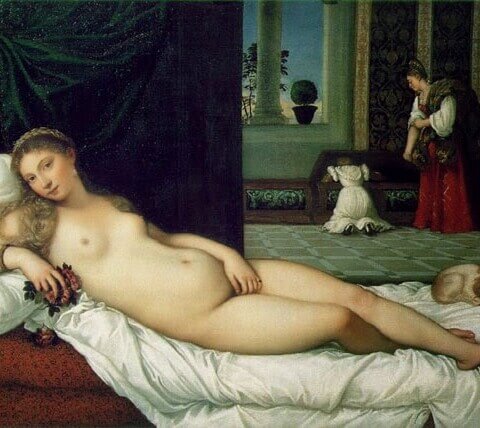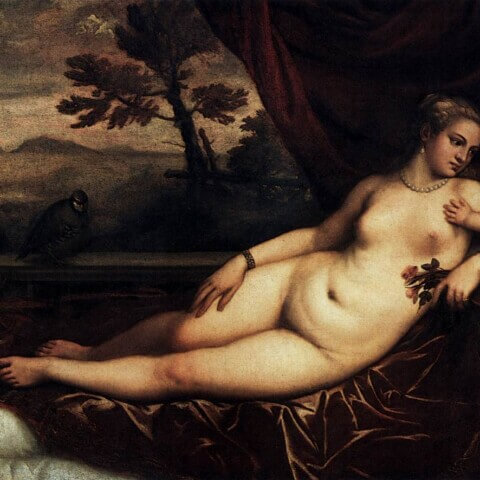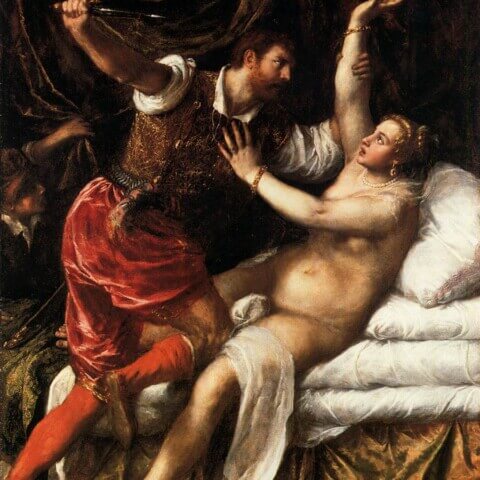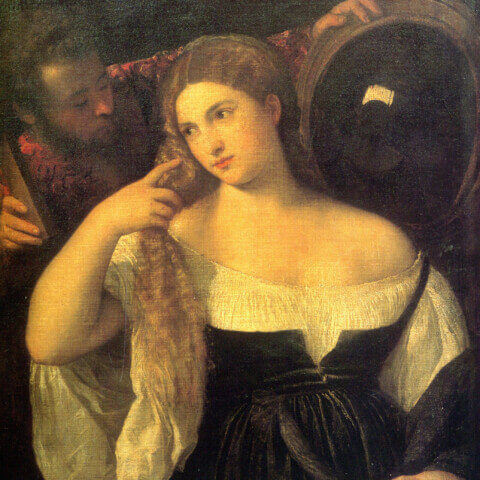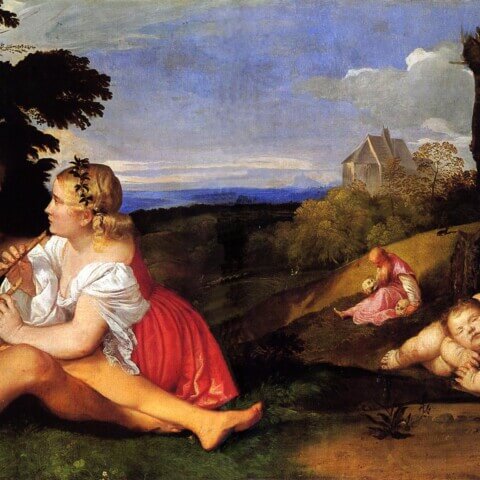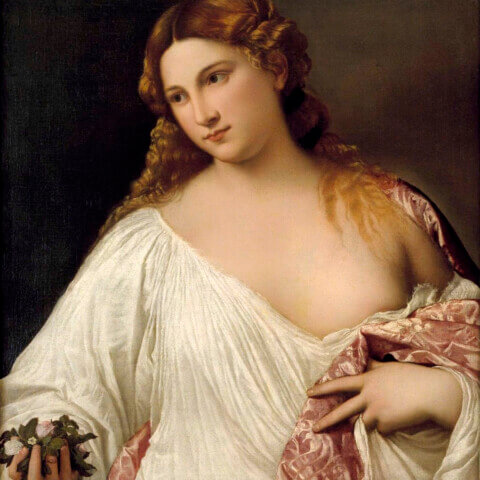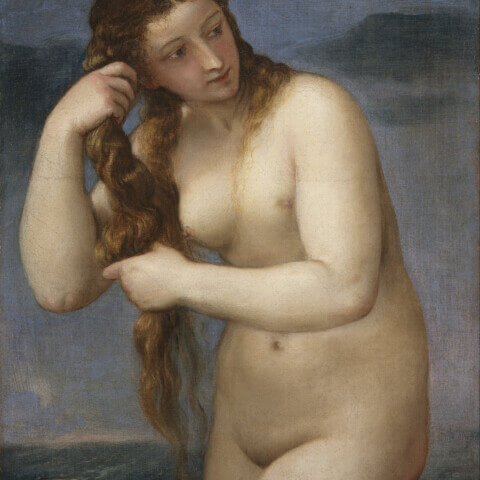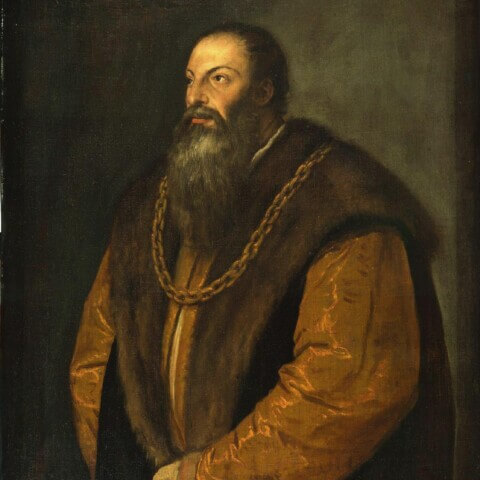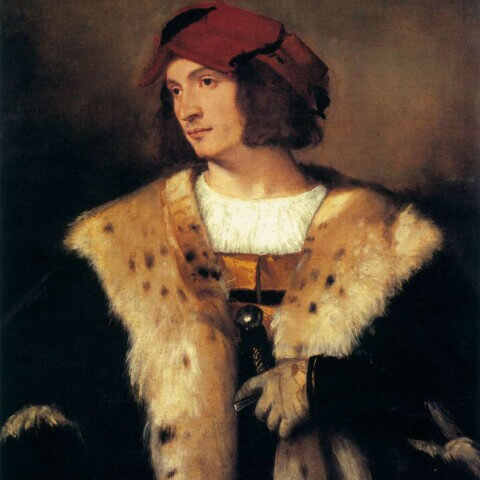Titian
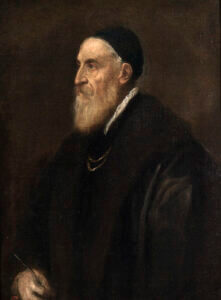
Titian, born Tiziano Vecelli or Tiziano Vecellio, was an eminent Italian painter of the Renaissance era, renowned for his versatile style and innovative use of color. He was born around 1488-1490 in Pieve di Cadore, a small town at the foot of the Dolomites in Northern Italy. Early in his career, Titian moved to Venice, where he spent the remainder of his life, contributing significantly to the city’s reputation as a major center of Renaissance art.
Titian started his artistic education in the workshop of the Bellini brothers, Giovanni and Gentile, who were among the leading painters in Venice. Here, he was heavily influenced by the use of color and the attention to landscape. His early works showed the influence of his mentors, with his style marked by a luminous and soft palette, which eventually evolved to a more dramatic and bold coloration.
In the early 1500s, Titian began his association with Giorgione, another eminent Venetian painter. Their styles were so closely linked that historians still debate the authorship of certain paintings from this period. After Giorgione’s death in 1510, Titian established himself as the leading painter in Venice, working on numerous altarpieces, frescoes, and portraits that demonstrated his mastery over color and composition.
Titian’s artistic career, spanning over six decades, showed an impressive range, including portraits, landscapes, mythological scenes, and religious subjects. Some of his most famous works include “Bacchus and Ariadne” (1523–1524), “Venus of Urbino” (1534), and a series of paintings for King Philip II of Spain, including “The Rape of Europa” (1562). His powerful depiction of psychological insight, dynamic composition, and radiant color palette influenced generations of European painters.
Titian was appreciated not only for his skill and creativity but also for his ability to cater to the tastes and demands of his high-profile patrons, including popes, emperors, and kings. His work embodied the values of the High Renaissance and marked a transition to the dramatic intensity of Baroque art.
Titian passed away in August 1576, possibly due to the plague that had struck Venice. Despite the passage of time, his legacy remains indomitable, his contributions to the Renaissance serving as cornerstones of Western art history.

